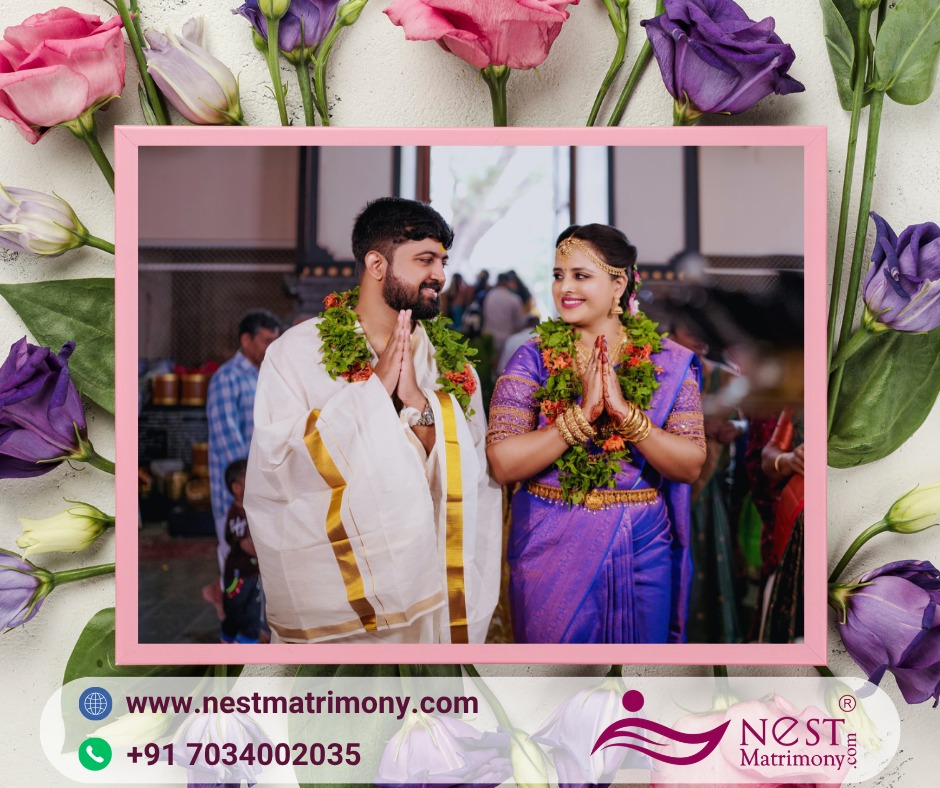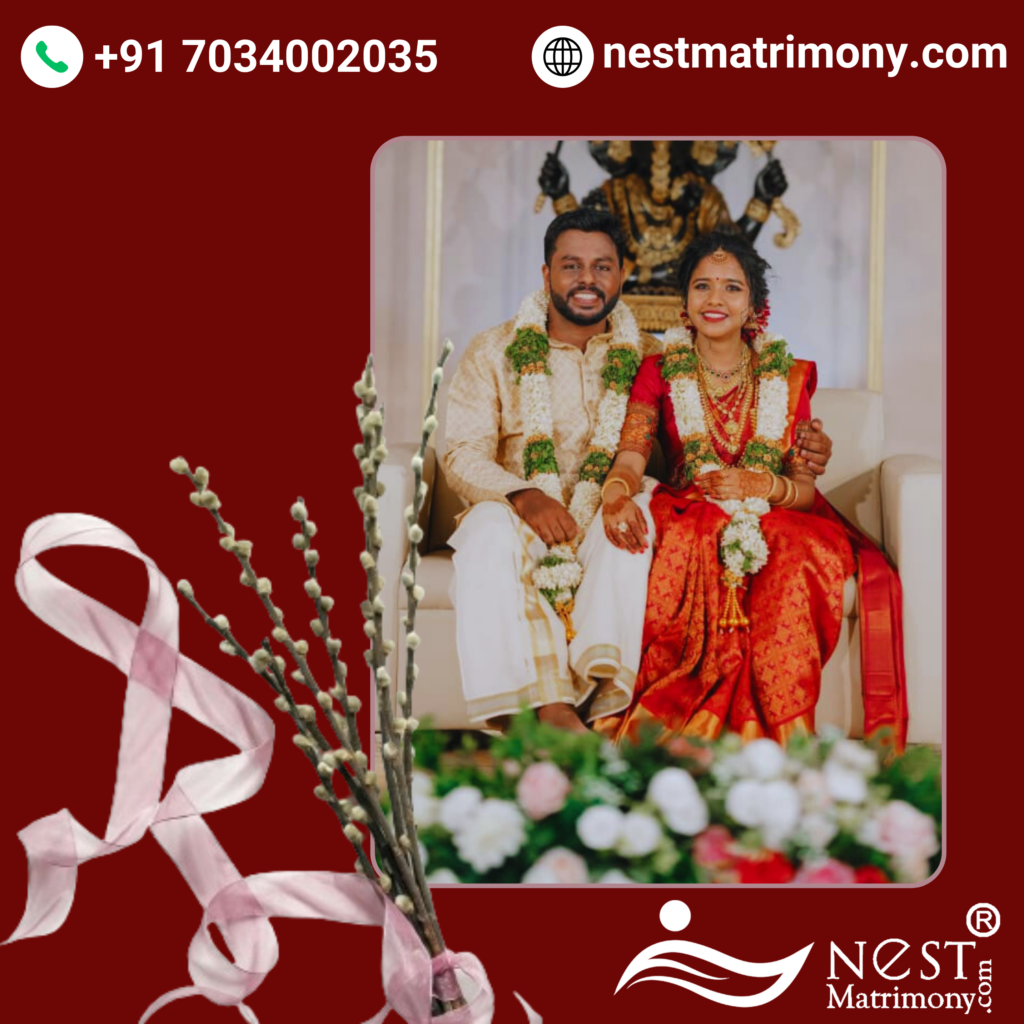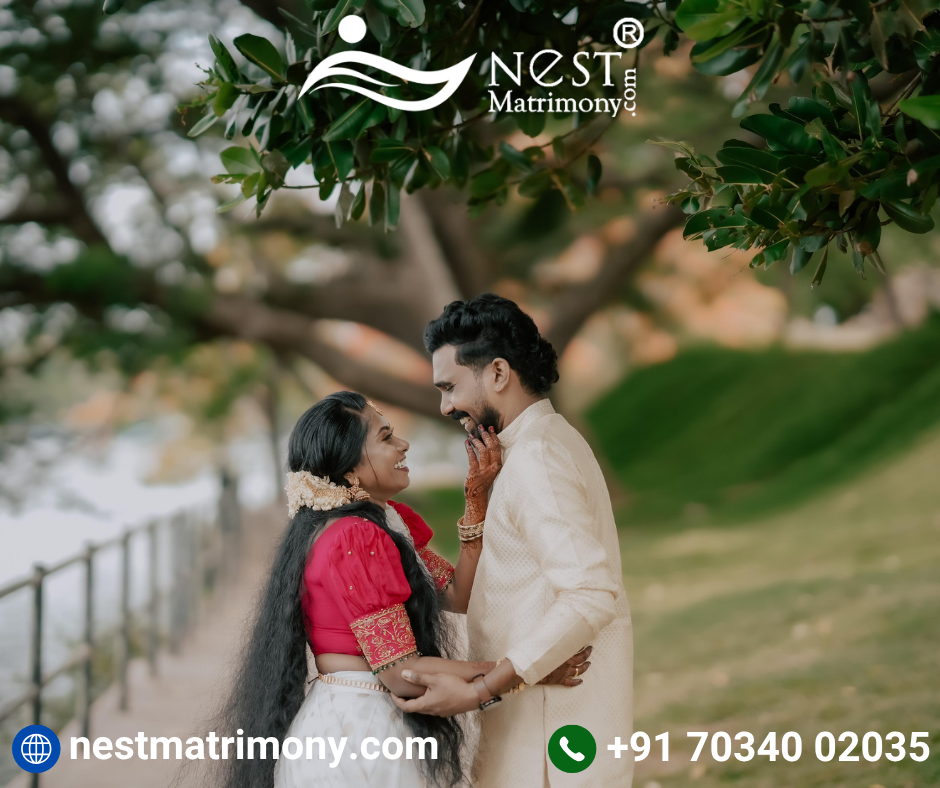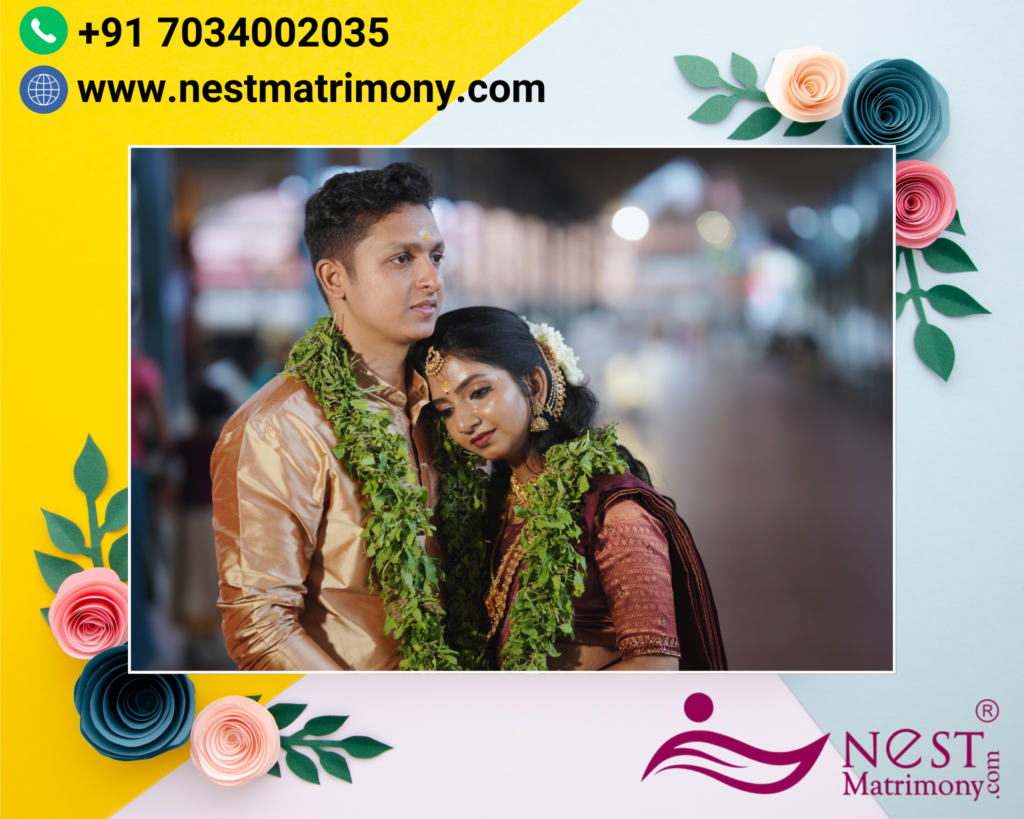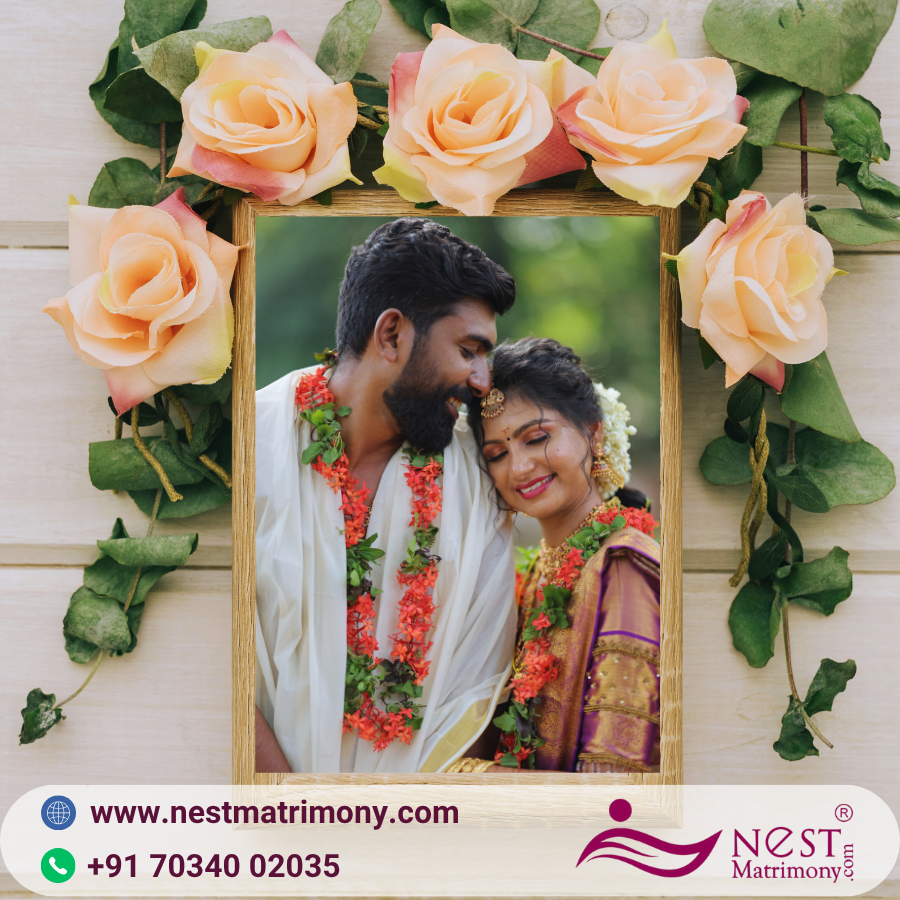Differences Between Nair, Brahmin & Other Hindu Wedding Customs in Kerala

Kerala is known for its rich cultural diversity, and this is beautifully reflected in its wedding traditions. Even within Hinduism, different communities in Kerala — such as Nairs, Brahmins, and others like Ezhavas and Ambalavasis — have distinct wedding rituals and customs.
If you’ve ever wondered what sets these ceremonies apart, here’s a closer look at the differences between Nair, Brahmin, and other Hindu wedding customs in Kerala.
🌿 1. The Nair Wedding: Simplicity & Grace
The Nair community, historically matrilineal, is known for conducting weddings in a simple and quick manner, usually within an hour.
Key Features:
✅ Usually held in a temple, a family home, or a hall.
✅ The bride wears a traditional Kasavu saree (off-white with gold border) and gold jewellery.
✅ The groom wears a white mundu and angavastram.
✅ No elaborate rituals like homam (fire ceremony) are performed.
✅ The highlight is the tying of the thali (mangalsutra) at the muhurtham (auspicious time), followed by garlanding each other.
✅ Elders bless the couple, and a traditional sadhya (feast) follows.
The Nair wedding is known for its minimalism and speed, yet rich in cultural essence.
🌿 2. The Brahmin Wedding: Spiritual & Ritualistic
Kerala Brahmin weddings (also called Nambootiri weddings) are more elaborate, with rituals rooted in Vedic traditions. They are often conducted over a longer duration.
Key Features:
✅ Performed at the bride’s ancestral home or a temple.
✅ Bride wears a white or cream saree with golden borders, sometimes with a red blouse for auspiciousness.
✅ Groom wears a white mundu and veshti, with a sacred thread.
✅ Ceremonies include homam (sacred fire rituals), Saptapadi (seven steps around the fire), Kanyadaanam (giving away of the bride), and tying the thali.
✅ Vedic mantras are chanted by the priest, and the ceremony emphasizes spiritual union and dharma.
✅ The wedding may last several hours and even include pre- and post-wedding rituals.
The Brahmin wedding is deeply spiritual and traditional, reflecting their focus on dharmic duties and Vedic customs.
🌿 3. Other Hindu Communities: Unique Blends of Tradition
Other Hindu communities in Kerala — like Ezhavas, Ambalavasis, and others — have their own unique ways of celebrating marriages.
Ezhava Weddings:
✅ Similar to Nair weddings in simplicity and brevity.
✅ Often held in temples or halls.
✅ Bride and groom wear traditional Kerala attire.
✅ A brief ceremony with thali tying, exchange of garlands, and blessings.
Ambalavasi Weddings:
✅ Ceremonies may incorporate both Nair-like simplicity and some Brahminical rituals, depending on family traditions.
✅ Often performed in or near temples with a focus on devotion.
🌸 What They Share in Common
✅ All Kerala Hindu weddings are typically morning ceremonies, as daylight is considered auspicious.
✅ Coconut leaves, oil lamps, jasmine flowers, and banana plantain decorations are common.
✅ Family blessings and the wedding sadhya are central to all.
🌸 Final Thoughts
While Nair weddings are celebrated for their simplicity, Brahmin weddings for their rituals, and other communities for their blend of both, every Kerala Hindu wedding beautifully showcases the region’s rich cultural tapestry.
No matter the community, the essence remains the same — a sacred union of two souls and two families, blessed by elders and the divine.
